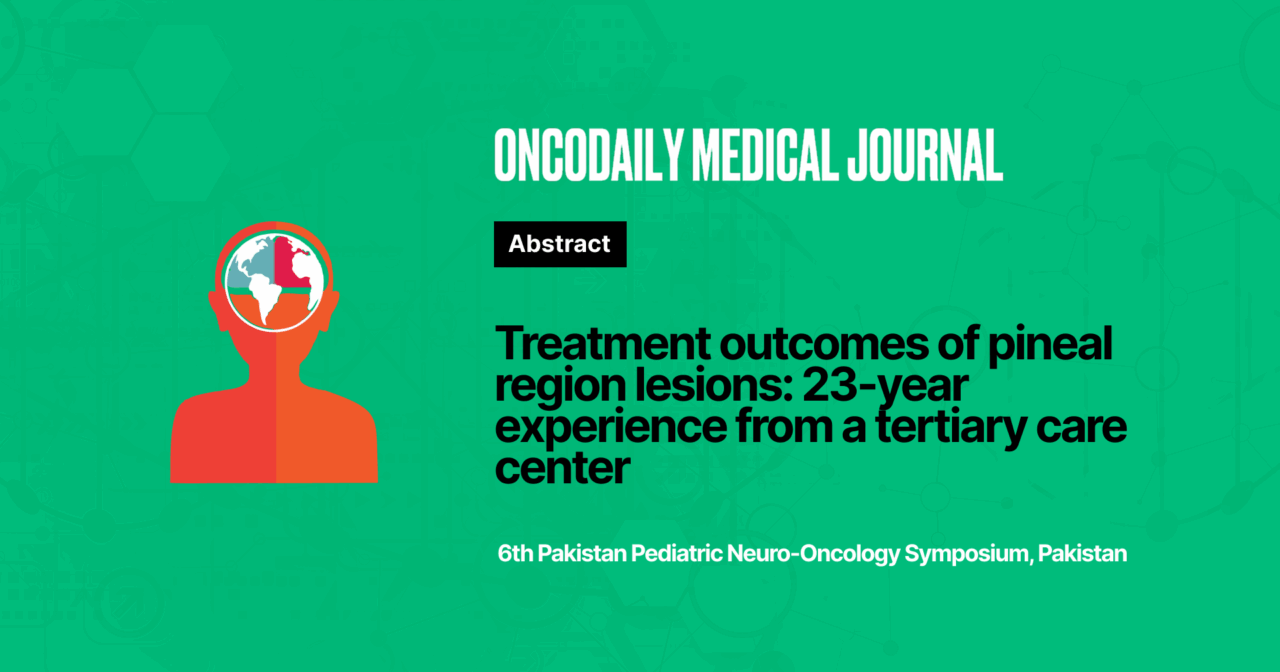Treatment outcomes of pineal region lesions: 23-year experience from a tertiary care center
Abstract
Introduction: Tumors in the pineal region are exceptionally rare and comprise only 0.5-1.1% of all brain tumors. Pineal region was once thought of as the ‘forbidden zone’ for surgery due to the significant surgical challenges that it posed, especially due to its deep-seated location. In this study we aim to describe experience from a single tertiary care center of managing pineal region lesions. We analyzed the treatment outcomes of the patient.
Methodology: This is a single-center cross-sectional study. Data for all patients who underwent treatment of pineal region lesions from 2000 to 2023 were included. Relevant data points were extracted from the hospital’s medical records. Descriptive analysis of the data was performed.
Results: We enrolled 51 patients with a mean age of 23.18±15.7 years, of them, 40% were ≤ 18 years of age. There were 26 (51%) were male. Most common presenting complaints included headache (94.1%), nausea/vomiting (49%), and diplopia (19.6%). Pre-operative hydrocephalus was reported in 34 (67%) patients. Mean tumor size (largest dimension) was 3.6±1.4 cm. All but 3 underwent surgical resection, most of the patients had two surgical procedures done i.e. biopsy and tumor resection. On average, surgery duration was 266.95±217.63 minutes and mean estimated blood loss was 585.79±603.33 ml. Most common histopathological diagnosis were Glioma (30%), Pineoblastoma (11%), and pineal parenchymal tumor of intermediate differentiation (9%). Patients who underwent surgical resection, 61% had gross or near total resection. An average clinical follow-up of 44.2±56.4 months was calculated.
Conclusion: With technological advances the surgical management of pineal tumors is improving. We reported an average follow-up of 44.2±56.4 months. Patients who underwent surgical resection, 61% had gross or near-total resection. Both supra- and infra-tentorial approaches were used depending on the tumor location.
Conflict of interest: None
Funding: None
Acknowledgements: The authors thank Dr. Saad Akhtar Khan, Ceemal Khan, and Roua Nasir from Neurosurgery Research Alliance for their administrative support.
License: This article is published under the terms of the Creative Commons Attribution 4.0 International License (CC BY 4.0).
© Komal Naeem, 2025. This license permits unrestricted use, distribution, and reproduction in any medium, provided the original author and source are credited.





